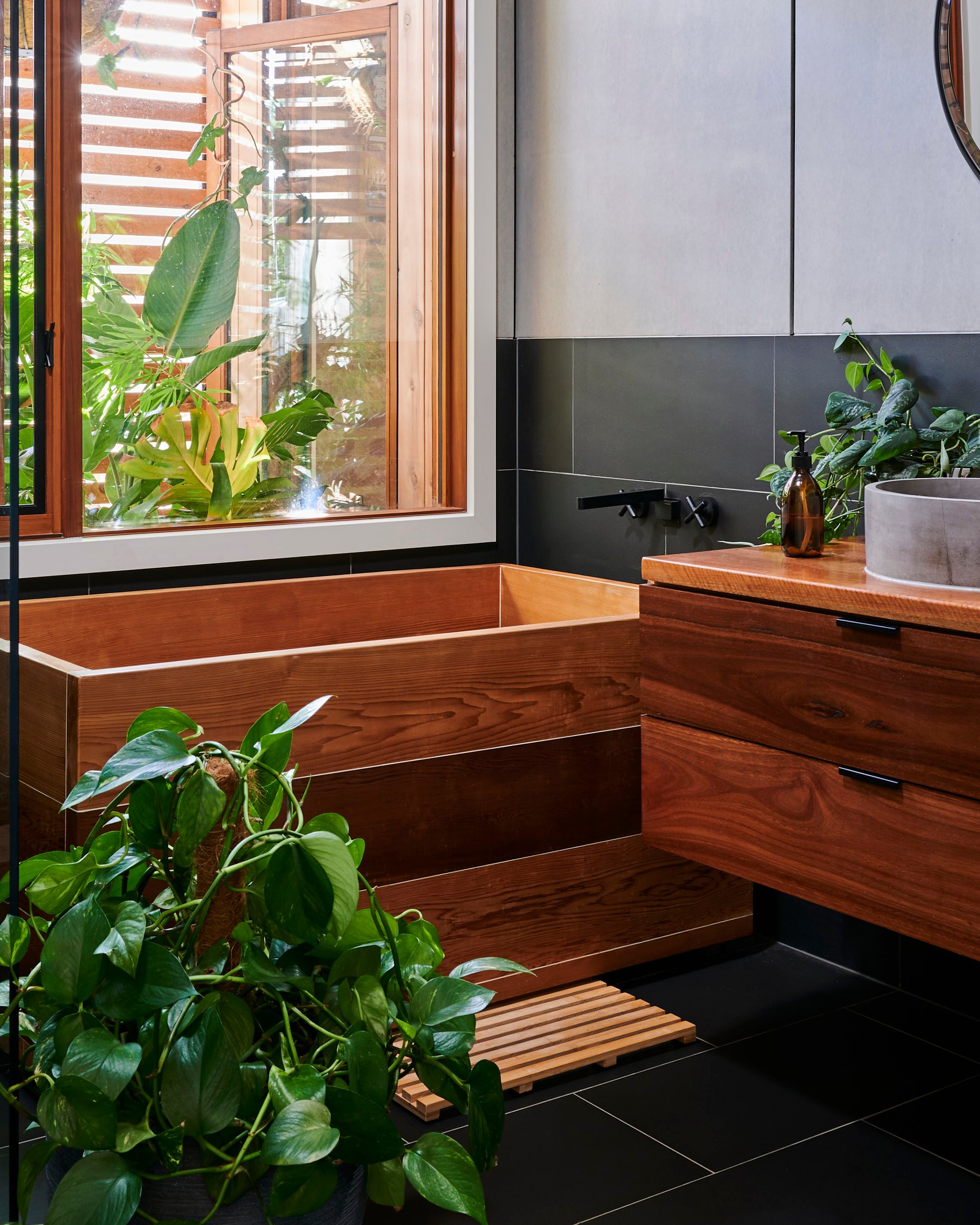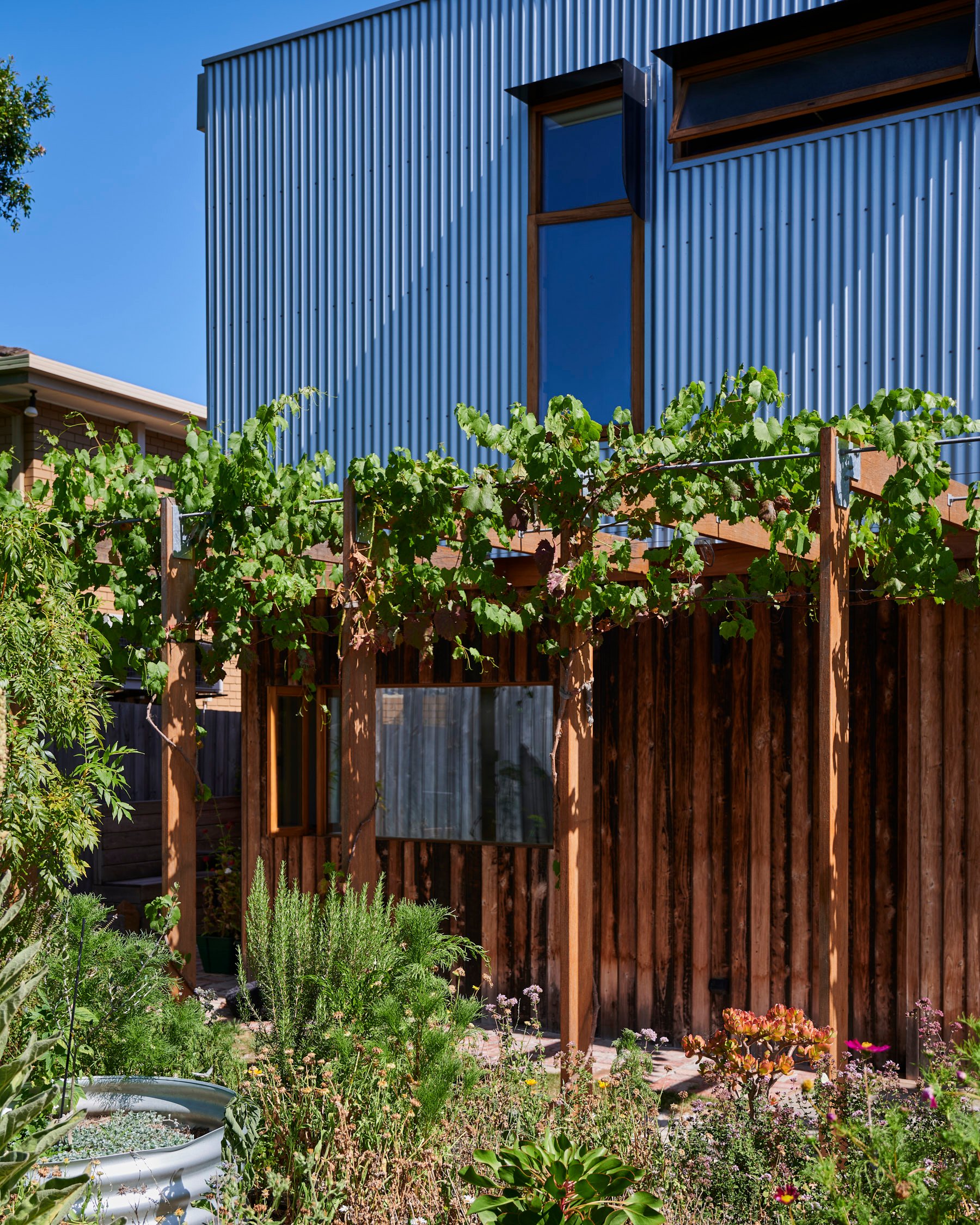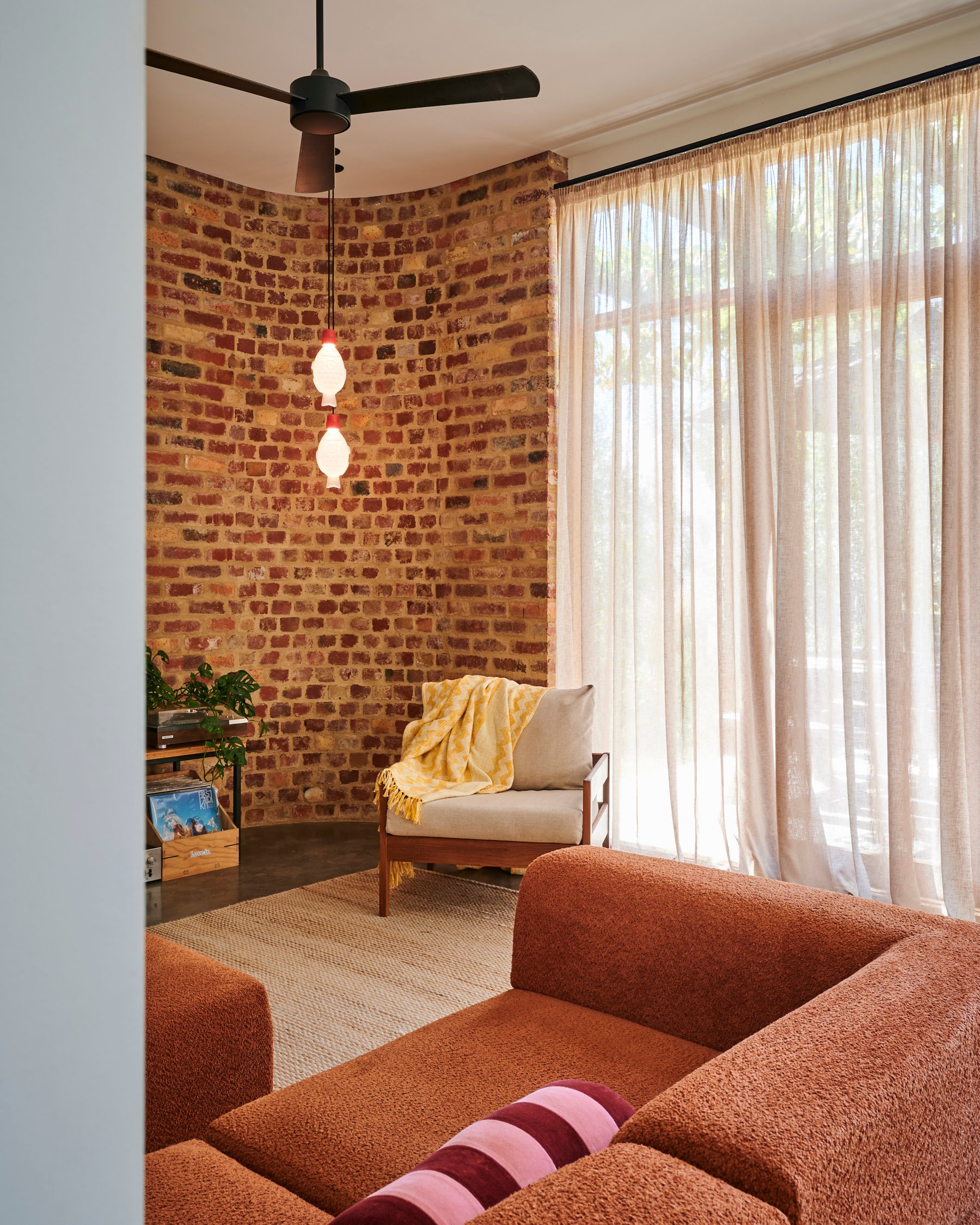This week on the Home Life Series, get ready for a sneak peek into the fusion of Japanese architecture and Australian design, as we step inside Will Robertson and Aleisha Smith’s Newtown home.
Drawing inspiration from 'Machiya'—the Japanese concept that effortlessly blends living and working spaces—Aleisha and Will have crafted a delightful home and yoga studio combo that perfectly integrates their personal and professional lives.
They’ve combined their love of Japanese elements with Australian touches like corrugated iron and rugged steel walkways, and wrapped everything up in a sustainable package. Their home isn't just a feast for the eyes; it's a testament to eco-friendliness with solar passive techniques, recycled materials, double glazing, and an almost entirely edible garden.
This place ticks all the boxes for us, and we bet it will for you too! Dive in to discover this unique space where two cultures harmoniously collide, celebrating art, community, and sustainability every step of the way.
Hi Aleisha and Will! We’re so excited to take a peek inside your Newtown home. First up please tell us a little bit about yourselves and what you do?
We have both grown up and worked in Geelong and along the Surf Coast and through Wills previous work in local food distribution and Leish’s many years teaching Yoga we have both created an incredible connection within our community so feel very humbled to have been able to design a home and place of work where we can share our love of art, food and sustainable living.
Your home beautifully blends Japanese architecture with Australian design. Can you highlight some of these elements and explain why you fell in love with incorporating them into your home?
The main Japanese elements of our home are the shou sugi ban cladding (charred timber), the genkan (Japanese entryway) and the solid square cedar bathtub. The Australian part of our design was a nod to Aleisha's family's farming heritage with corrugated iron and raw steel walkways. Blending these two design motives was always going to prove a challenge but with input from architect Toby Dean and builder Mick from MJS Built the blend was seamless.
The concept ‘Machiya,’ is ever present in your lives, particularly your work and home. For those unfamiliar with the term, can you please explain it and what sparked this connection?
Machiya are traditional wooden townhouses found throughout Japan. The word "machiya'' is written using two kanji: "machi" (町) meaning "town", and "ya" (屋) meaning “shop". Our Machiya is therefore the combination of having a shop/clinic from our home, a very classic East Asian style of living combining work, community and the family home.
Making your home as passive and sustainable as possible within your budget was a major priority in the design and building process. What compromises did you have to make to be satisfied with your home's environmental impact?
By building a solar passive and sustainable building we had to buy into sustainable building methods which we felt fitted in with the lifestyle we were already living. The main compromises we had to take into account were the products we chose to use. There needed to be a large amount of thermal mass incorporated into the build. This was achieved by using recycled red brick and burnished concrete flooring internally so the sun and wood heater could capture and store energy and regulate the temperature of the house.
We could not compromise on double glazing and timber windows to reduce energy loss. We incorporated north facing orientation to best capture winter sun and specifically placed casement windows to capture cooling breezes and vent the house naturally.
A slow compromise of growing a grape vine over our north facing arbor takes time but will allow beautiful winter sun to flood the majority of the house and block out unwanted summer sun. We increased insulation and thickness throughout the home, and used minimal down lights to avoid ceiling penetration. We also chose to use sustainable products like bamboo flooring, sisal rugs and Paperock benchtops as well as upcycled furniture. We truly feel that all buildings should be able to incorporate passive and sustainable methods without blowing the budget.
Another huge passion of yours is artwork and supporting local artists. We’re loving the vibrant colours and abstract pieces displayed throughout your home. Can you tell us more about these artists and how you chose them?
Early days we both fell in love with local Artist, Nick Morris and his pop-art expressions which feature and inspired elements of design in our home. Nick has become a good friend and we hope to continue to collect his work. We then traveled to Italy where Aleisha decided to stay and work for a period. Whilst roaming the streets together we discovered the small busy studio of Roman Artist, Giancarlino Benedetti Corcos. Again we were super inspired by the abstract pops of color and expression and were so excited when Leish was able to bring a collection home to sell on Gian’s behalf. These pisces are available online via artistsinthesun.com.au
Adding to your profound love for Japanese culture, your business Machiya Australia, offers sustainable urban retreats, shiatsu and yoga from home. How did this venture come about and what are some of the advantages of the treatments offered?
The home studio naturally evolved from a small yoga room into the perfect Clinic space once Aleisha completed her studies in Shiatsu and East Asian Therapies. Shiatsu is a beautiful ancient form of acupressure bodywork that enables the client an opportunity for total relaxation and rest whilst addressing chronic or acute ailments if present. Treatments are on futons on the floor, and are tailored and inclusive for all bodies.
We are super excited to have Machiya Australia expanding into Queensland with our business partner and co-owner who will be opening a Machiya Clinic in Coolangatta alongside our retail range for Clinicians, online offerings and in-house trainings and retreats all inspired by our studies in East Asian Therapies including Japanese Shiatsu and Traditional Chinese Medicine.
Your garden is lively, full and abundant! Can you tell us what plant, grow and harvest here?
We both have a passion for gardening and living sustainably by growing what we can ourselves. Our home compost and large worm farm ensures organic nutrients enter our foods. This lowers our food miles, ensures we eat seasonally and enables us to engage with our community by sharing excess produce. We have approx 20 fruit trees including a variety of citrus, olives, cherries, apples, fig, pomegranate and an extremely old plum tree that we have been told is over 50 years old. We grow large amounts of tomatoes each summer and bottle them for use throughout the year. Other items include lettuces, beetroots, carrots, asian greens, berries and garlic and many herbs to name a few.








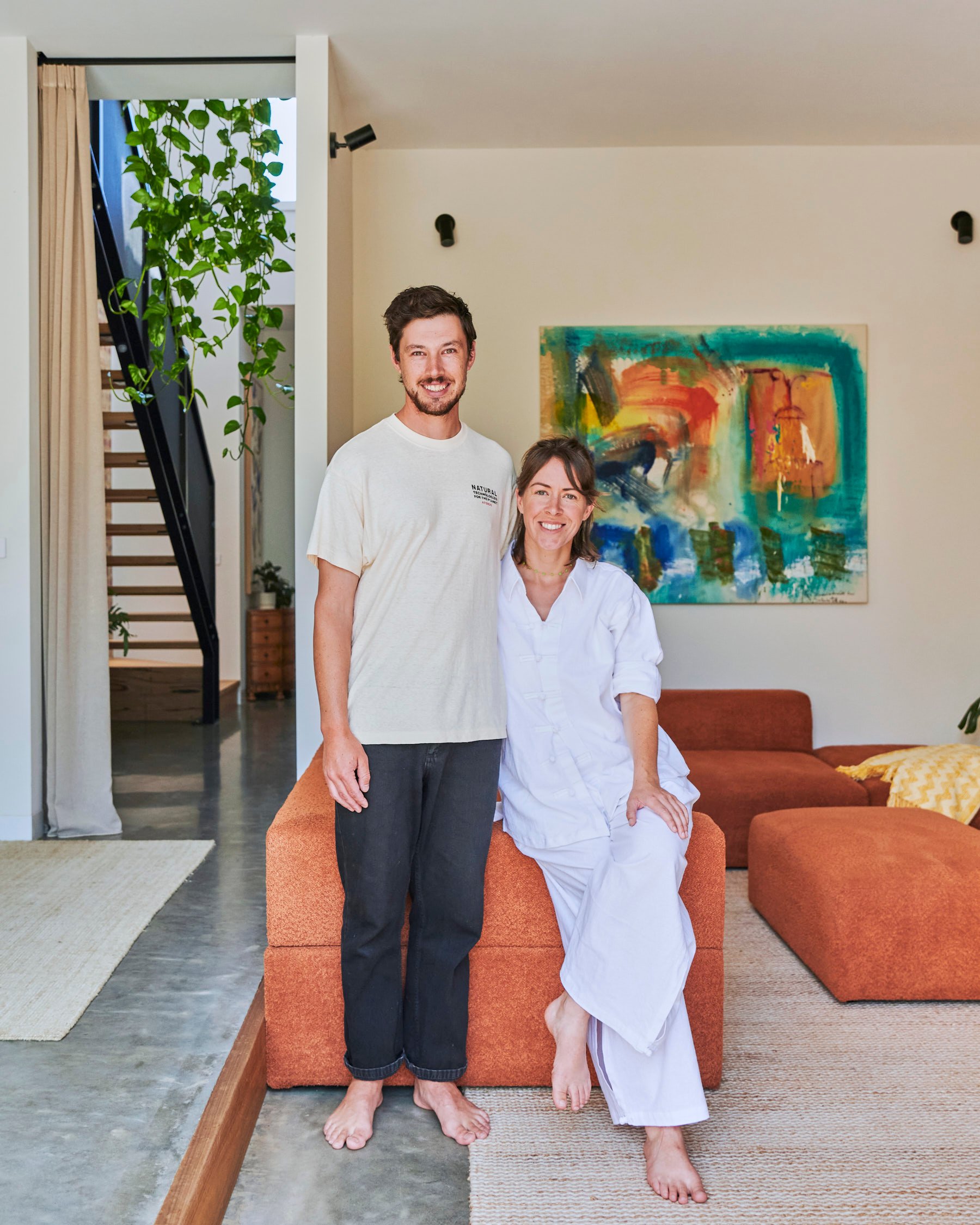
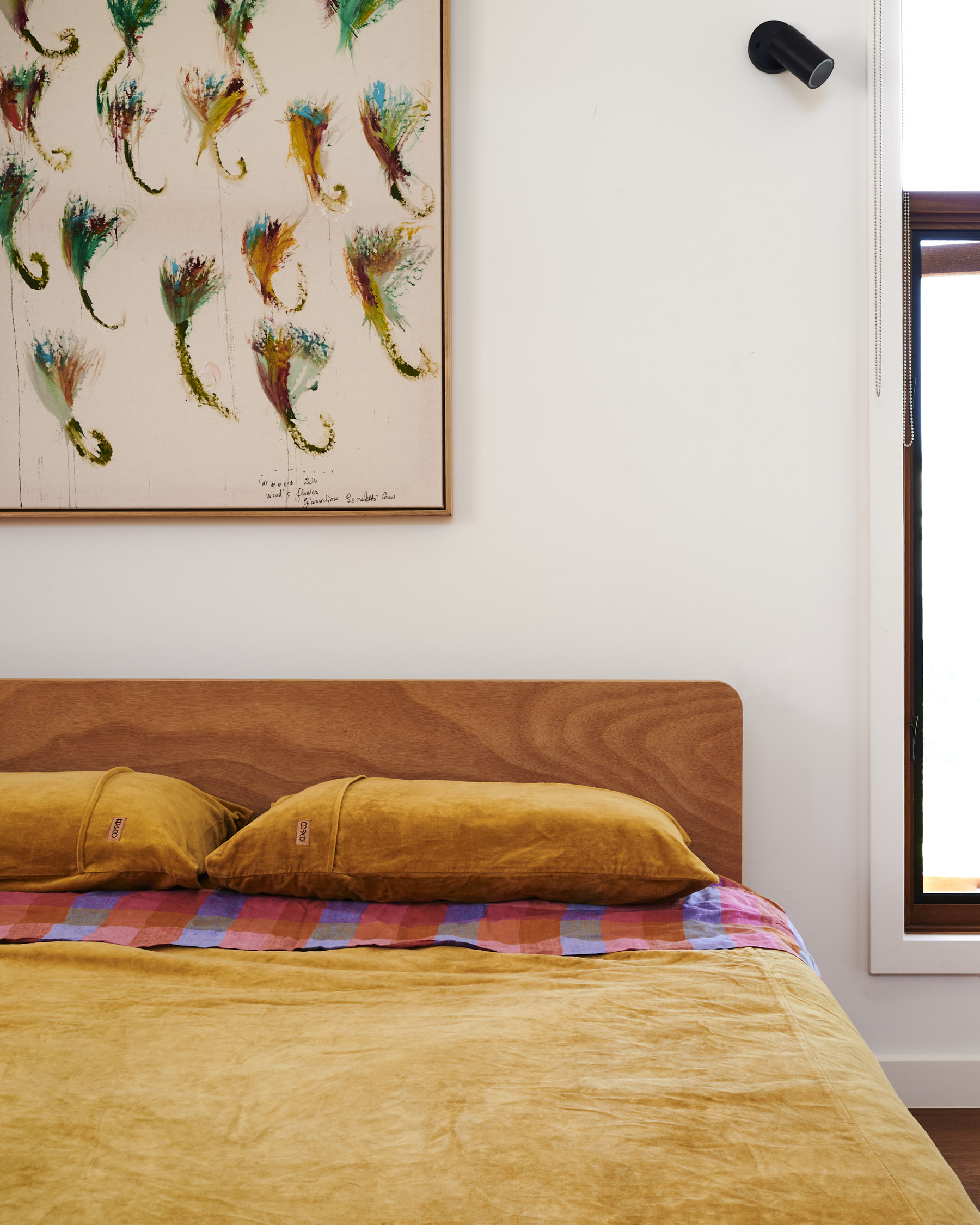
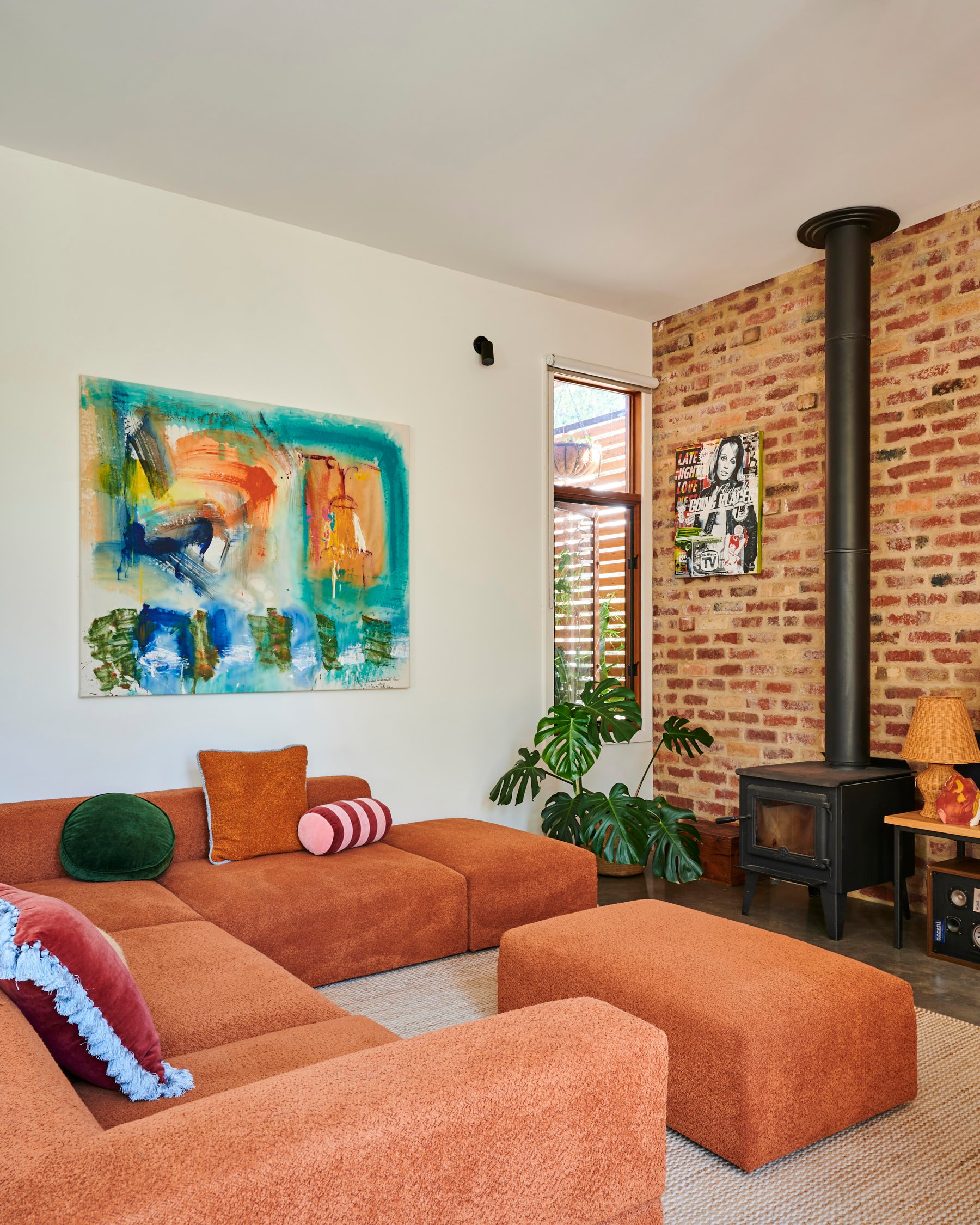
-v1719370692156.png)
